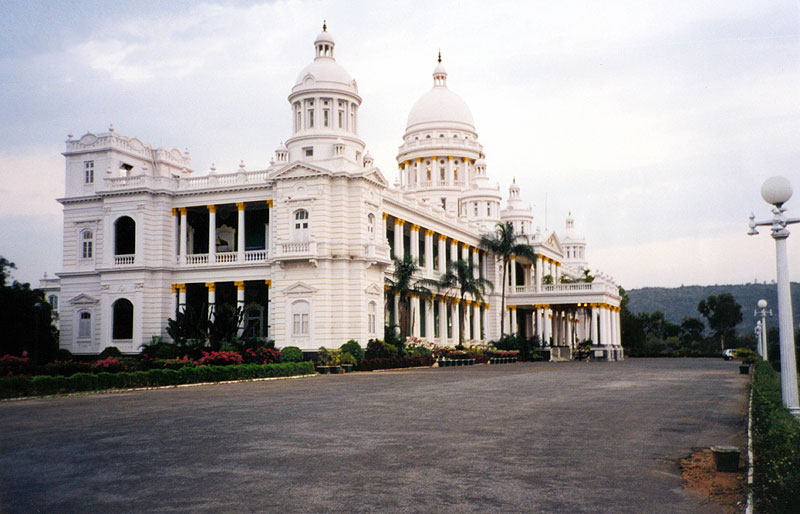Kokkarebellur Bird Sanctuary represents a remarkable ecological narrative of human-avian symbiosis nestled in Karnataka's Mandya district. This unique village embodies an extraordinary relationship between local communities and migratory birds, particularly painted storks and spot-billed pelicans, who have made this landscape their home for centuries.
The village's intricate bond with these birds transcends mere coexistence, representing a deep cultural and ecological partnership. Generations of villagers have nurtured these birds, considering their presence a blessing and an integral part of their agricultural and social ecosystem. The birds' nesting patterns are so seamlessly integrated into village life that they occupy trees alongside human habitations without conflict.
British naturalist T. C. Jerdon's 1864 documentation of this phenomenon highlights its historical significance. He referred to Kokkarebellur as "Pelicanry," recognizing the unprecedented harmony between human settlements and bird populations. This early recognition underscores the village's unique ecological relationship long before modern conservation movements gained prominence.
Local agricultural practices have been profoundly influenced by these avian inhabitants. Bird droppings, rich in phosphorus and potassium, serve as natural fertilizers, enhancing crop yields and creating a mutually beneficial relationship. Villagers strategically protect nesting trees and adjust their agricultural calendar to accommodate the birds' breeding seasons, demonstrating sophisticated ecological understanding.
Conservation efforts, particularly those led by organizations like Hejjarle Balaga, have played a crucial role in preserving this delicate ecosystem. By providing compensation for tree conservation and creating support mechanisms for injured birds, these initiatives have ensured the continued survival of this remarkable bird sanctuary.
The architectural landscape of Kokkarebellur reflects its deep connection with nature. Traditional South Indian dryland village houses, characterized by elevated structures and intricate teakwood pillars, provide a backdrop to the thriving bird population. Tamarind and banyan trees, carefully preserved by the community, serve as critical nesting sites for these migratory birds.
Kokkarebellur's significance extends beyond its immediate ecological context. It represents a microcosm of sustainable coexistence, where human activities and natural processes are harmoniously integrated. The village challenges conventional narratives about human-wildlife interactions, demonstrating that mutual respect and understanding can create extraordinary ecological partnerships.
As a destination, Kokkarebellur offers more than just a bird sanctuary. It provides visitors a profound glimpse into a community's relationship with nature, where birds are not just visitors but essential members of a complex, interconnected ecosystem. The sanctuary's open, community-driven approach invites exploration and deeper understanding of ecological harmony.







